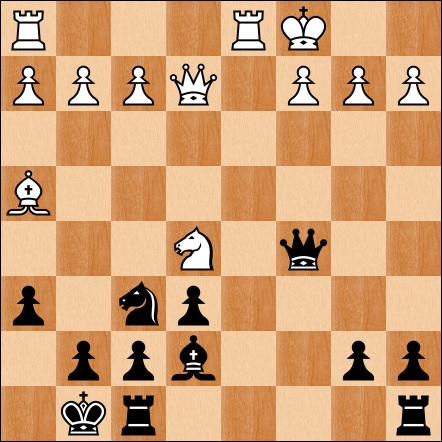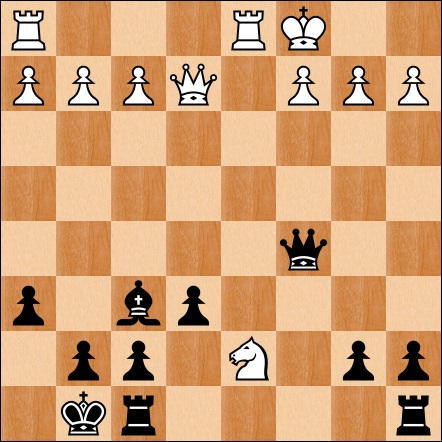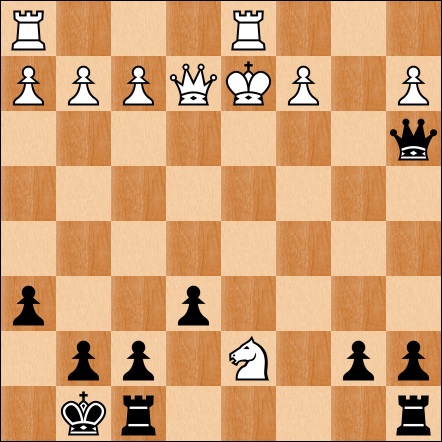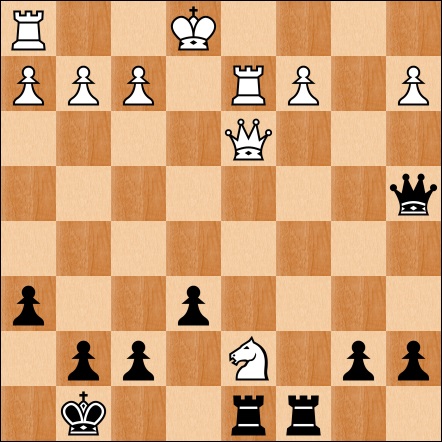Finding the time to study chess can be quite tricky, especially for those of us with work and family commitments. It can seem almost impossible to find a solid chunk of time to work on your game which usually means using occasional study opportunities during the day. I built Tiger Chess with this in mind; people can access lessons and videos while waiting for a bus or train or during lunch breaks at the office. It is better to try and set aside some study time during the day, for example first thing in the morning or last thing in the evening, but this is not always possible.
When holidays come along, such as the ones many of us have at the moment, there can be more of an opportunity to spend a few consecutive hours on chess. How should we use it productively? The first thing is to have a realistic plan in place of what can be achieved during this time. There is also a good case for having a plan for all of our chess study, holidays just providing a bit more time to make extra progress.
A favourite study topic is the opening, not least because most of the chess books out there are about them. Simple practical openings that are not in danger of being suddenly refuted make the most sense for busy people. This accounts for many of the lines I recommend, such as the French Defence, Queen's Gambit Declined and Queen's Pawn Games as White. Those with little time on their hands do not have time to try to assimilate opening theory using books with hundreds of pages of densely packed analysis. This stuff is also completely unnecessary, games can be won against Grandmasters using simple openings and strong core skills.
What is the best way to study openings? Well here at Tiger Chess HQ my son Sam and I use the old fashioned approach of going through complete games with a board and pieces, never once going through them on a computer screen. We also play dozens of training games in each line in order to get the feel of the middle games and build up practical experience in particular position types. I think this is invaluable but very few people do it.
One final recommendation is to try to introduce new openings over time rather than change everything in one fell swoop. The previous paragraph really explains this, if you try to take on too much it will be impossible to do it thoroughly enough. The result will be a superficial grasp of a lot of things rather than a deep grasp of just one.
Nigel Davies





